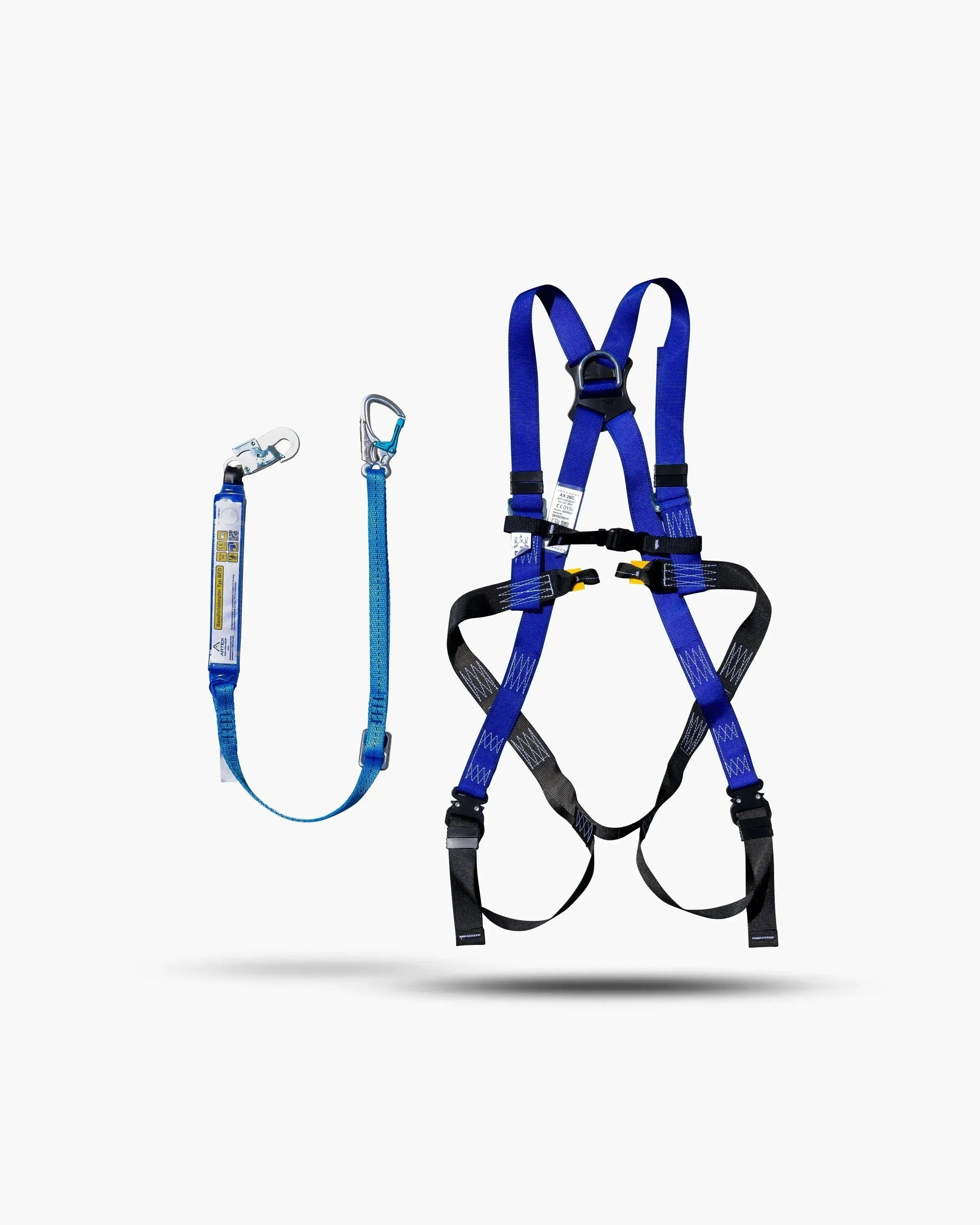Whether for tractors, forklifts or work platforms – the hydrostatic drive has established itself as a modern and powerful drive solution.
Instead of a purely mechanical transmission, the power transmission here is hydraulic: A pump pressurizes hydraulic oil and thus drives a hydraulic motor – the result is a continuously variable, highly efficient drive with sensitive control.
But what makes the so-called fully hydrostatic drive so special? Why is it increasingly used in machinery in construction, logistics, and agriculture? And are there any disadvantages?
This article provides you with all the answers – clearly explained, practical and with a look at real applications.
What is a hydrostatic drive?
With a hydrostatic drive, the drive power is transmitted not via a traditional mechanical transmission, but via oil and hydraulic pressure. A hydraulic pump generates pressure, which acts on a hydraulic motor, thus generating the rotary motion.
How the drive works
- Pump generates hydraulic pressure – the oil is pressed through a closed system.
- Pressure moves the hydraulic motor – the wheels or chains are driven.
- Direction and speed can be continuously adjusted depending on pressure and oil flow.
The result: a continuously adjustable drive with high efficiency.
Where is the hydrostatic drive used?
Hydrostatic drives are found in many vehicles and machines, especially where continuously variable transmission and precise control are required:
Tractors & Agriculture
e.g. drum mowers, lawn mowers or harvesters.
Forklifts & work platforms
Ideal for stepless driving in tight warehouses or when working at heights.
Construction machinery & wheel loaders
Powerful performance with smooth power transmission.
Heavy-duty shelving & logistics systems
For precise positioning in warehouses.
Thanks to its compact design, the hydrostatic drive is widely used in many modern drives.
How do you recognize a vehicle with hydrostatic drive?
Whether you have a work platform, a tractor or a forklift in front of you – vehicles with hydrostatic drive can often be recognized at first glance or at the latest when operating them.
A typical feature is the continuously variable transmission : There are no traditional gearshifts or clutches like with mechanical transmissions. Instead, you usually control the speed using an accelerator pedal or a joystick control , which allows you to control both direction and speed simultaneously – smoothly, precisely, and without noticeable gear changes.
Another indicator is the noise of the hydraulic pump when starting or accelerating – often audible as a steady whirring. In technical data sheets, you'll find references such as "hydrostatic drive," "hydraulic motor," "hydrostatic drive," or even terms like "infinitely variable" or "clutchless."
Tip: If the vehicle responds particularly sensitively to small pedal movements and can be moved smoothly in both directions , there is a good chance that you are dealing with a hydrostatic system.
Advantages of the hydrostatic drive
Why are more and more machine manufacturers turning to hydrostatic drives? Here are the key advantages:
- Continuously variable speed – no jerking, no fixed gears like with a mechanical transmission.
- Easy control – often adjustable via joystick control or foot pedal.
- High efficiency – power is converted directly without a clutch.
- Long service life – less wear than with purely mechanical drives.
- Instant full power transmission – especially useful when working with heavy loads.
- Compatible with electrical systems – combination with electric drives possible.
Another major advantage is that the hydraulic pump and the hydraulic motor can be positioned separately from each other – this allows for more flexible designs.
Are there any disadvantages?
Of course, the hydrostatic drive also has a few challenges:
- Higher acquisition costs than a purely mechanical transmission.
- Oil loss or leaks can affect performance.
- Less efficient than a classic gearbox at very high speeds.
- More heat generation due to power transmission via hydraulic oil.
Despite these points, the hydrostatic drive is a popular option, especially for construction machinery, tractors and forklifts.
Conclusion
Is hydrostatic drive the future?
Whether for tractors, forklifts, work platforms, or construction machinery – the hydrostatic drive is becoming increasingly popular. Thanks to its continuously variable drive, high performance, and simple control, it is ideal for precise and powerful applications.
It ensures greater efficiency and better comfort, particularly in the logistics, agriculture and construction sectors.
So, if you're looking for a vehicle or machine with a hydrostatic drive, you'll quickly find what you're looking for on platforms like Kleinanzeigen.de or in specialist dealer listings. Make sure you choose the right hydraulic pump, engine power, and the appropriate application!
Tip: If you are looking for a work platform or forklift with a hydrostatic drive, we are happy to help you – just write to us!















Share:
What characterizes a good access platform rental company?
Joystick control vs. multifunction control - The differences